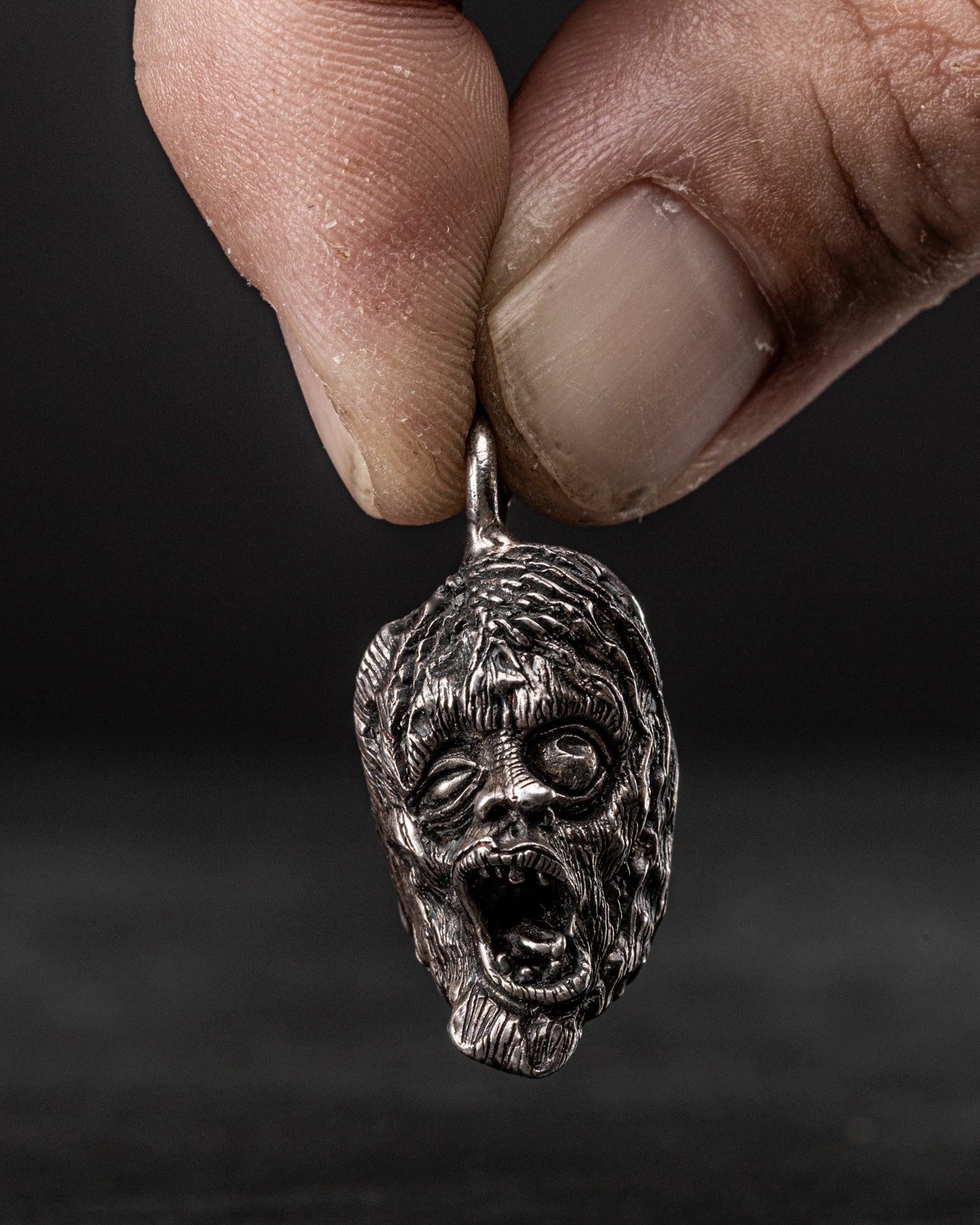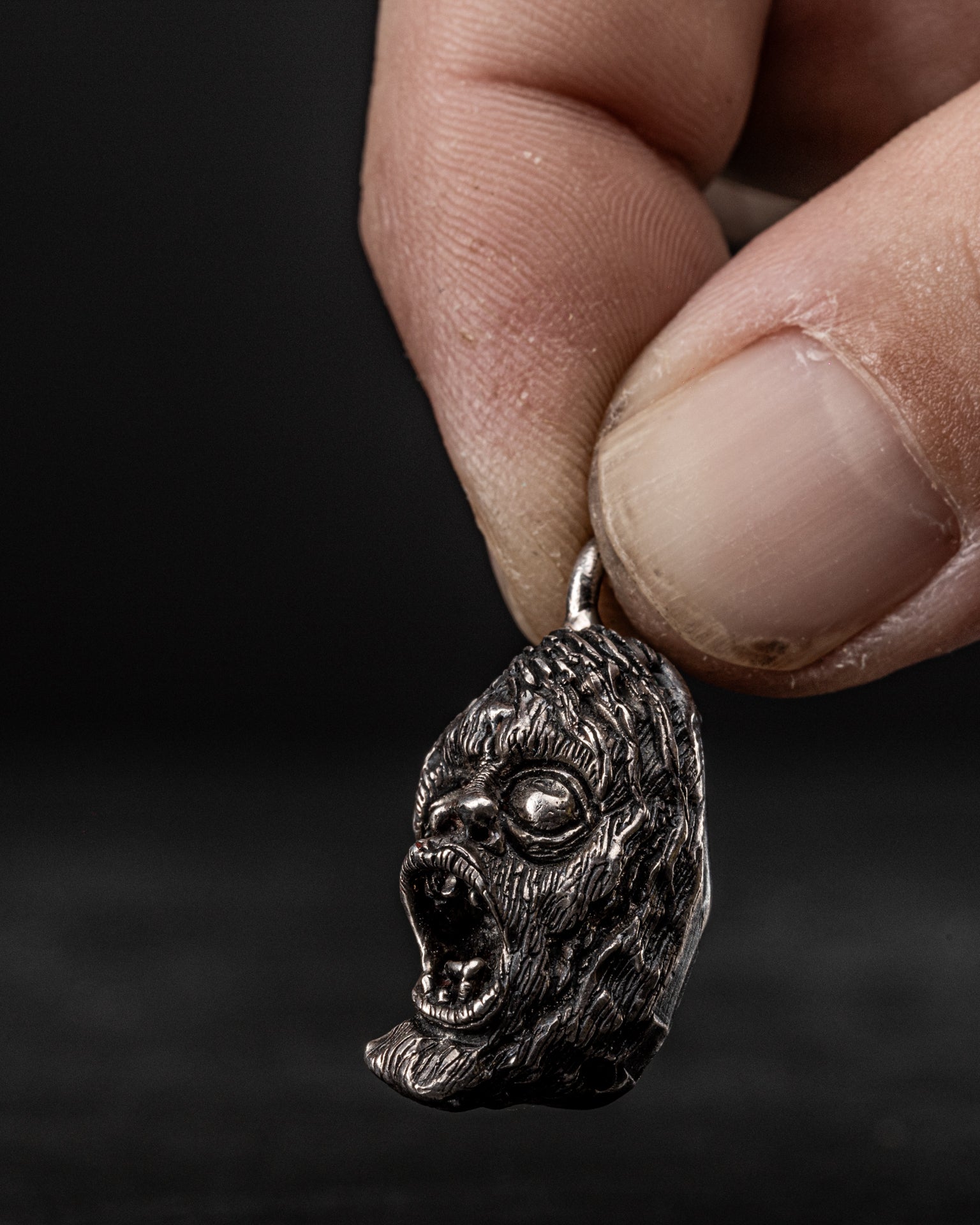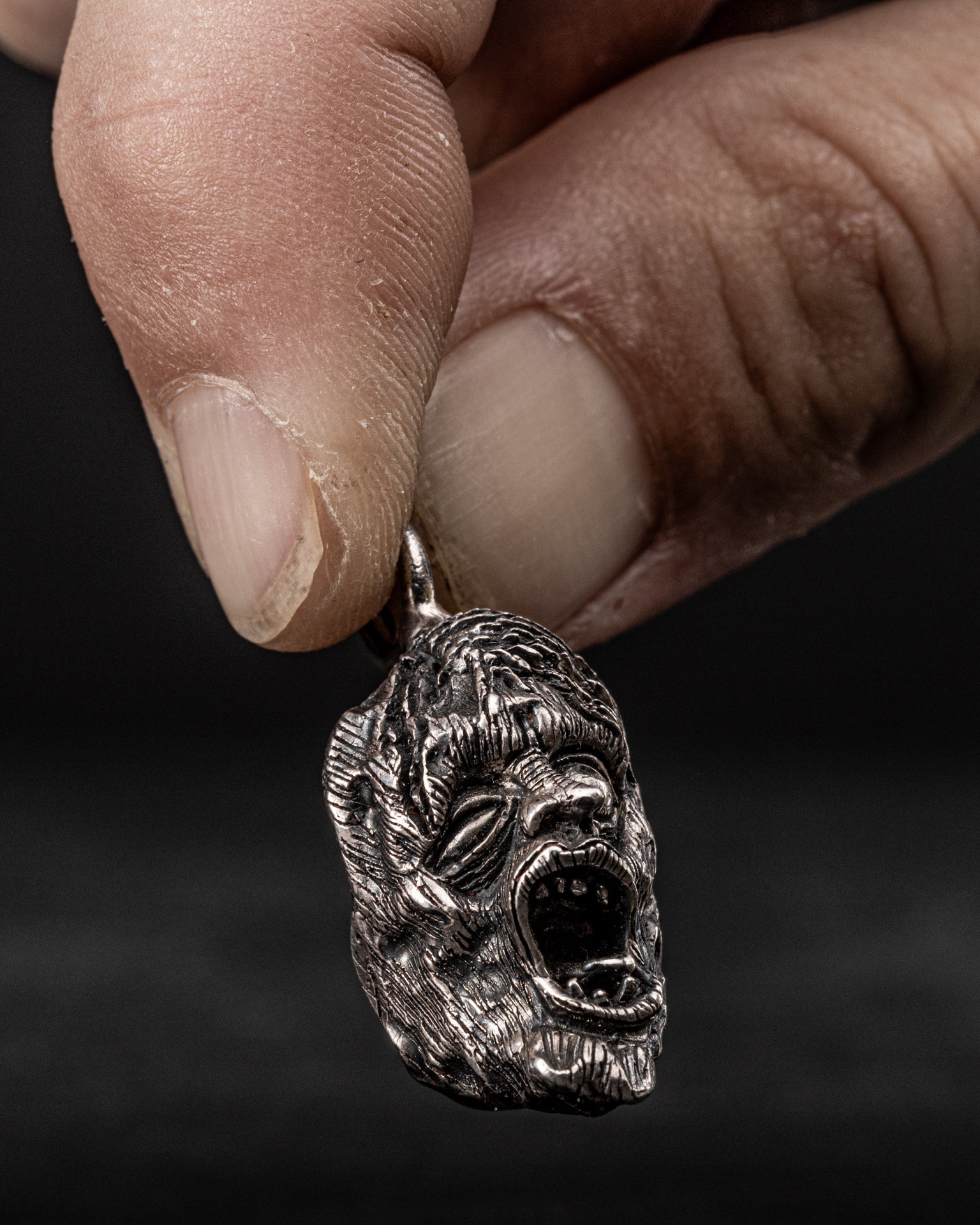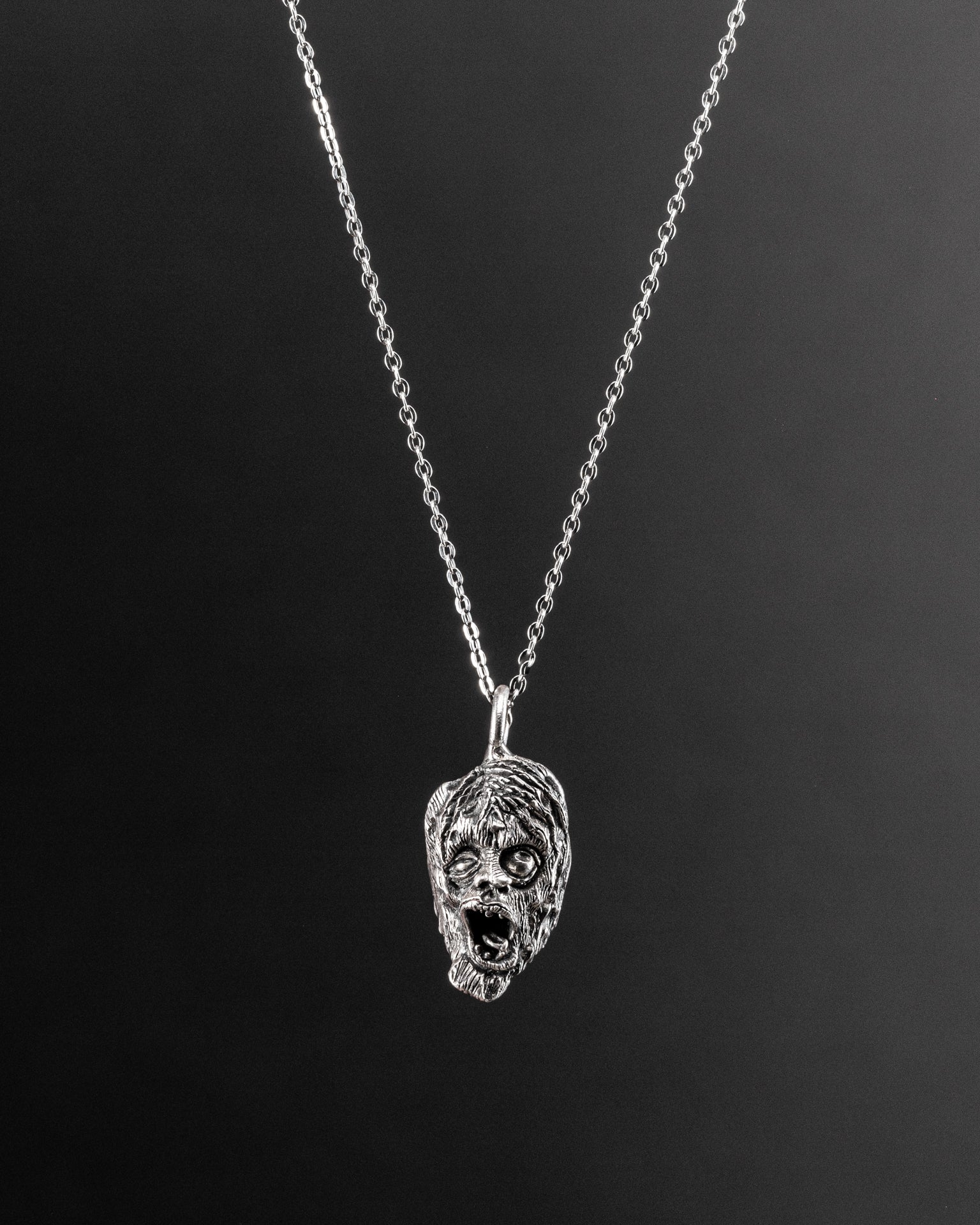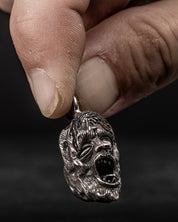Zombie
In the Western literature of the past, zombies were referred to as individuals deprived of all will by drug addiction. Zombie is also a futuristic drug mentioned in the fantastic tale The Door to Summer by Robert Heinlein, with which the protagonist is totally enslaved to his false friends.
An excellent filmographic reference is constituted by what is recognized as the first film of the genre, The island of the zombies (1932) with the star Bela Lugosi, in the role of a sorcerer who has the labor of drugged slaves and at the behest of a lover , makes a young victim presumed dead.
The concept of the "undead" seems to be a reinterpretation of what the zombie represents in the Voodoo religion and it is interesting how within a generation or two a part of the truth has become a supernatural myth.
In the figure of the zombie we can glimpse a mirror image in negative, of a diabolical character of the Christian concept of final resurrection (of intact bodies). "When there will be no more room in Hell" - a recurring quote in part of the filmography of the genre - the corrupt bodies rise again giving themselves to cannibalism - in literature often called "pagan Eucharist" - in a desperate attempt to take over the soul, the vital energy from their victims.
With The Night of the Living Dead of 1968, the cult film progenitor of George A. Romero's cycle, the apocalyptic image of zombies as the team of dead resurrected and cannibals is inaugurated, decreeing the end of a civilization. This subject is inspired by Richard Matheson's novel I Am Legend, where an entire continent is infected with a pathogen that causes collective insanity and murderous violence (here the term zombie was not yet used). A very harsh social satirical apologue is highlighted in the second chapter of Romero's cycle: Zombies of 1978, where crowds of undead invade a shopping center mimicking the gestures of the living.
Use this accordion to add info such as Materials, Sizing, Features, Shipping and Returns policies
Use this accordion to add info such as Materials, Sizing, Features, Shipping and Returns policies
Our Story, Our Promise
Use this text to describe a product, promotion, or your company.
Frequently Asked Questions
-
Use this text block to discuss some commonly asked questions like shipping and returns, sizing, warranties, or product and company details.
-
Use this text block to discuss some commonly asked questions like shipping and returns, sizing, warranties, or product and company details.
-
Use this text block to discuss some commonly asked questions like shipping and returns, sizing, warranties, or product and company details.
-
Use this text block to discuss some commonly asked questions like shipping and returns, sizing, warranties, or product and company details.


